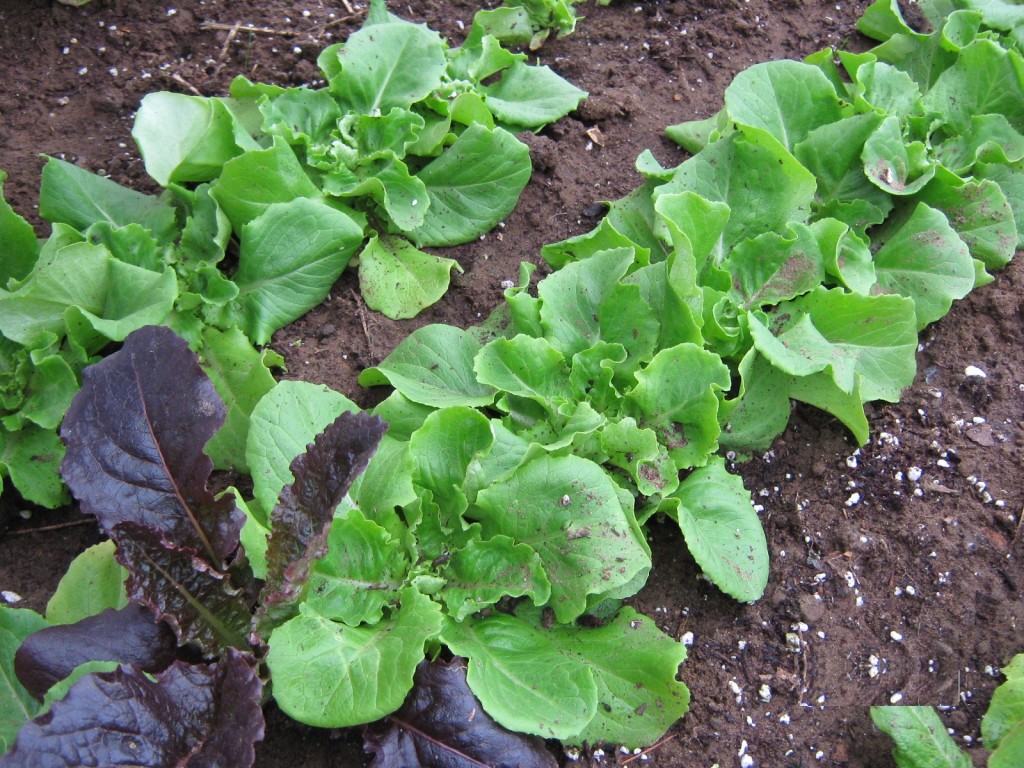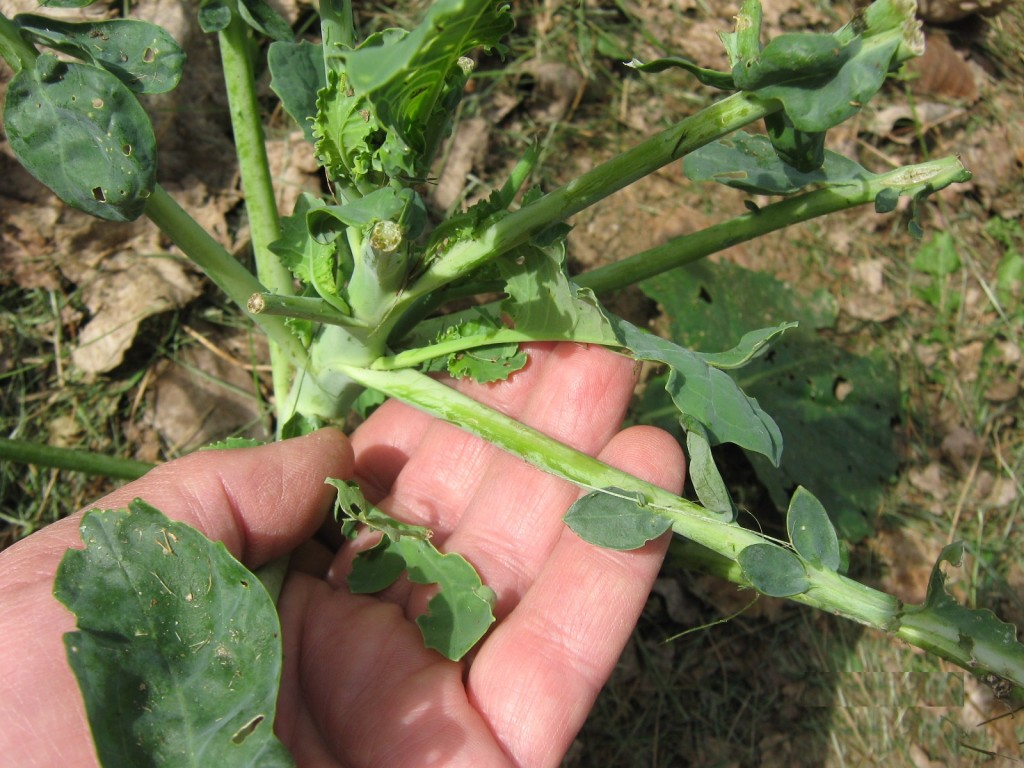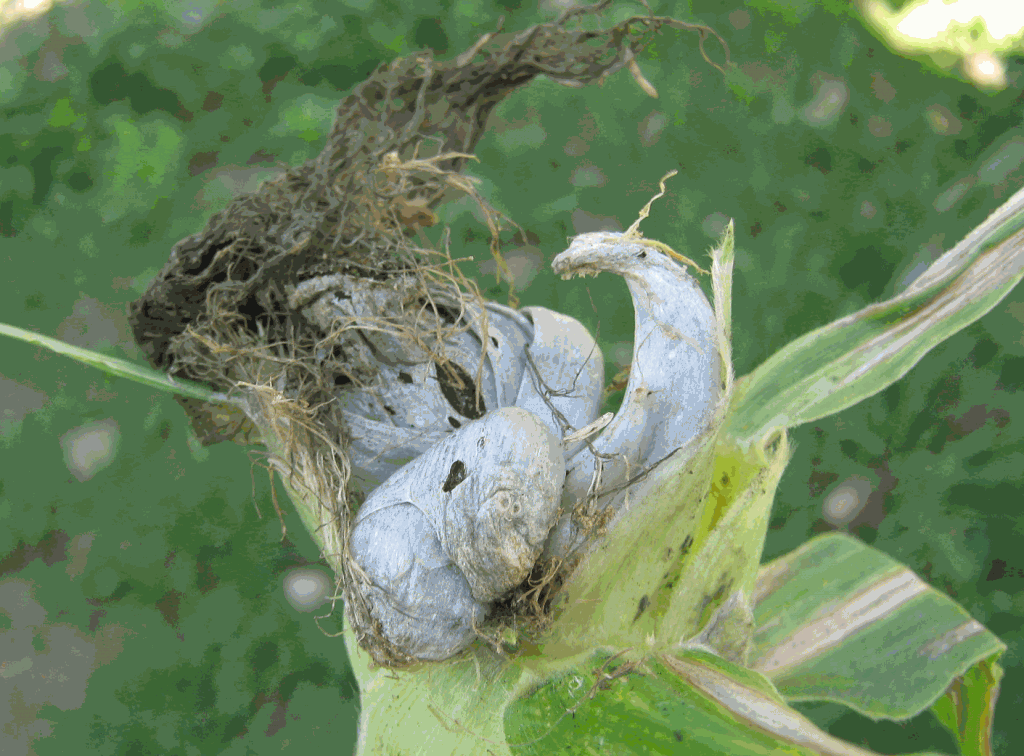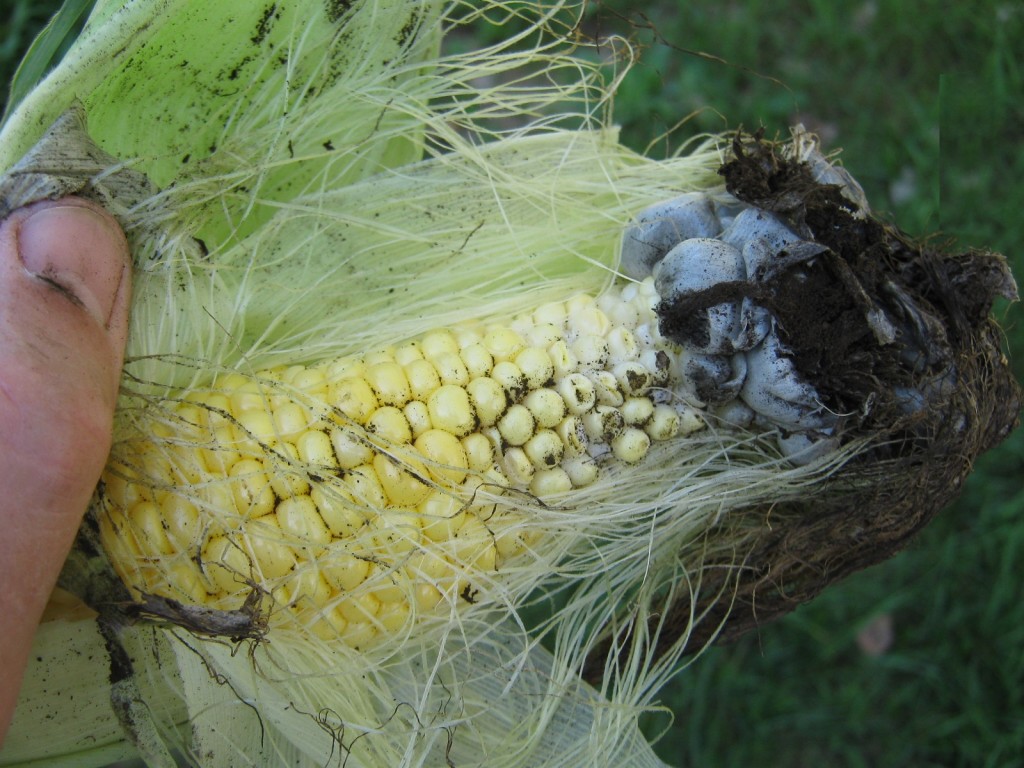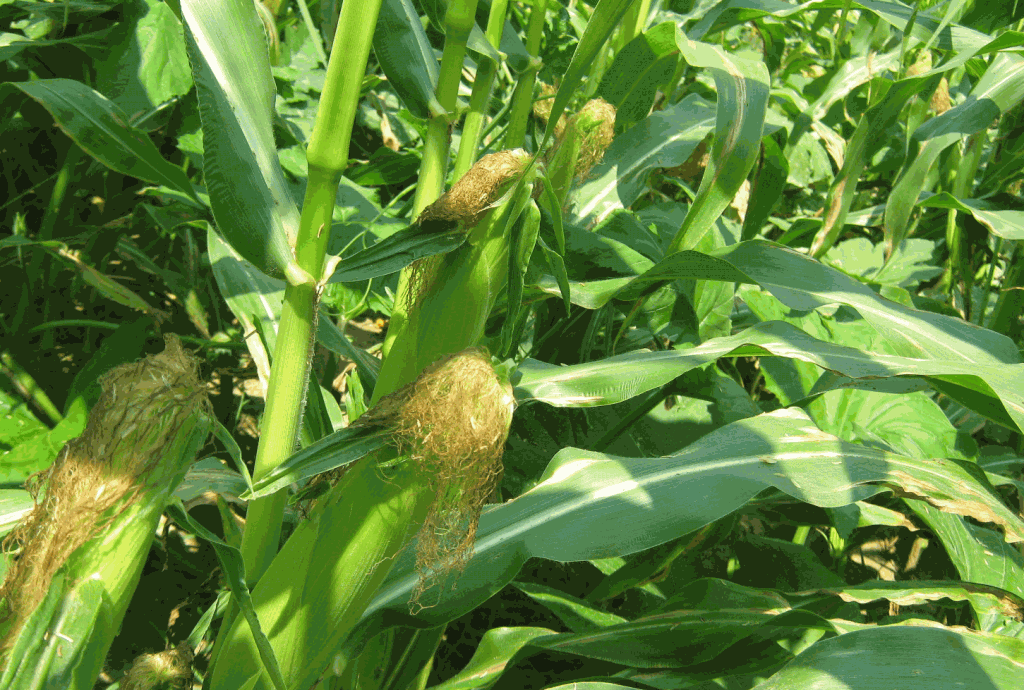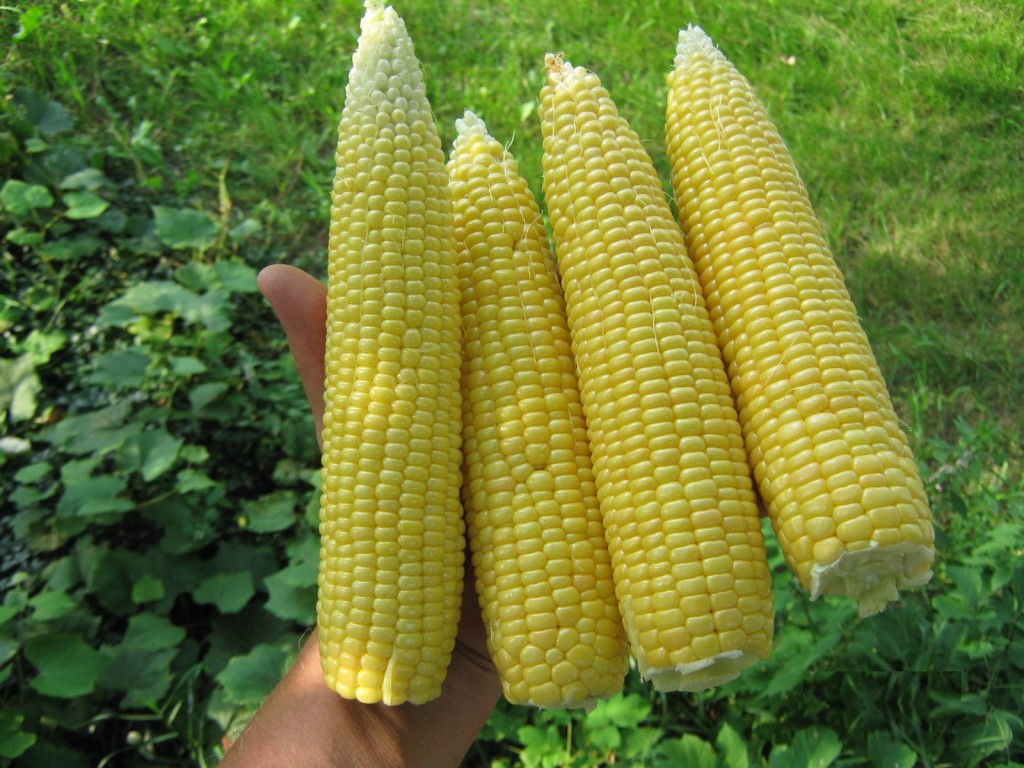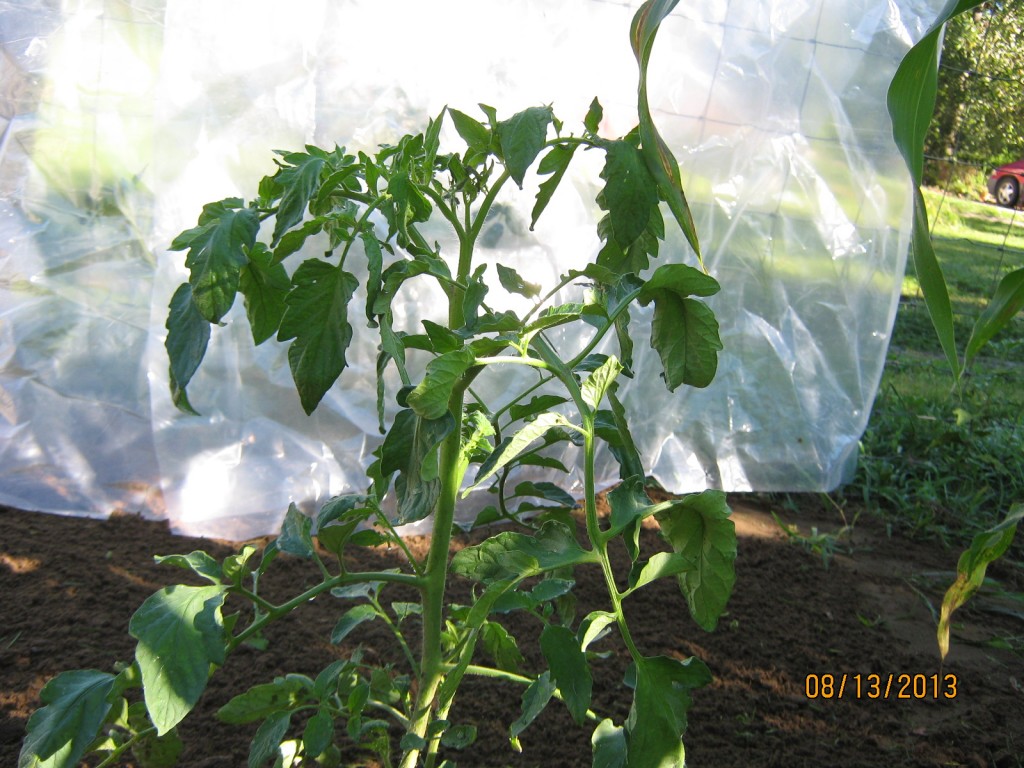In my last blog posting I wrote about building a hoop house out of reclaimed shade canopy parts. After covering the structure I amended the soil with composted chicken manure.
Once the soil was improved, I planted a few short rows of lettuce seedlings. And they’re doing great.
This crop of lettuce not only survived the single digit overnight temperatures we had out here they’re actually thriving under the plastic. So, we’re still eating home grown organic salads from the garden in December.
The success I’ve had so far in this little home-made greenhouse encouraged me enough to plant a second crop of lettuce a couple of weeks ago.
Because the days are so much shorter now, the lettuce is not growing like a spring crop would outside in the garden. That’s because there is not as much sunlight energy for photosynthesis right now — and the days are still getting shorter.
My goal is to harvest lettuce for Christmas dinner, has been met! Now, anything more I’ll consider a bonus.
I’ll keep you updated on how things go in the hoop house.
Bob
